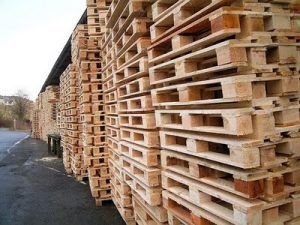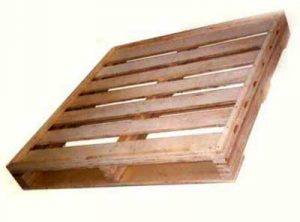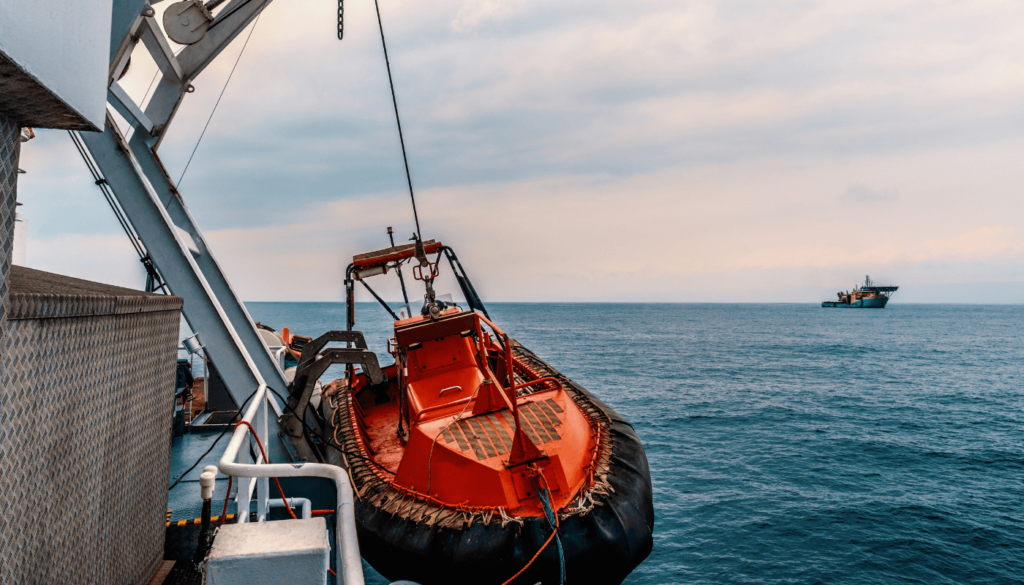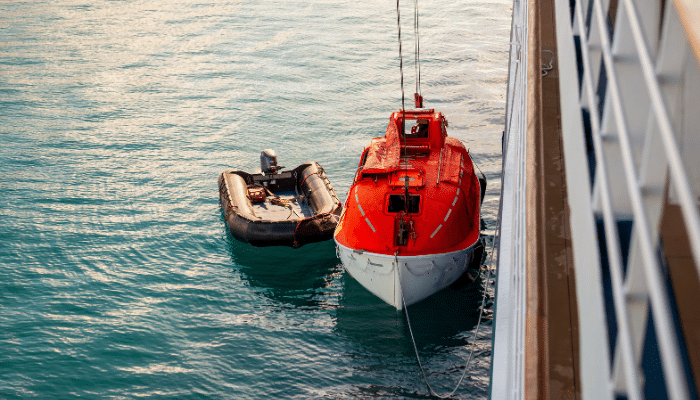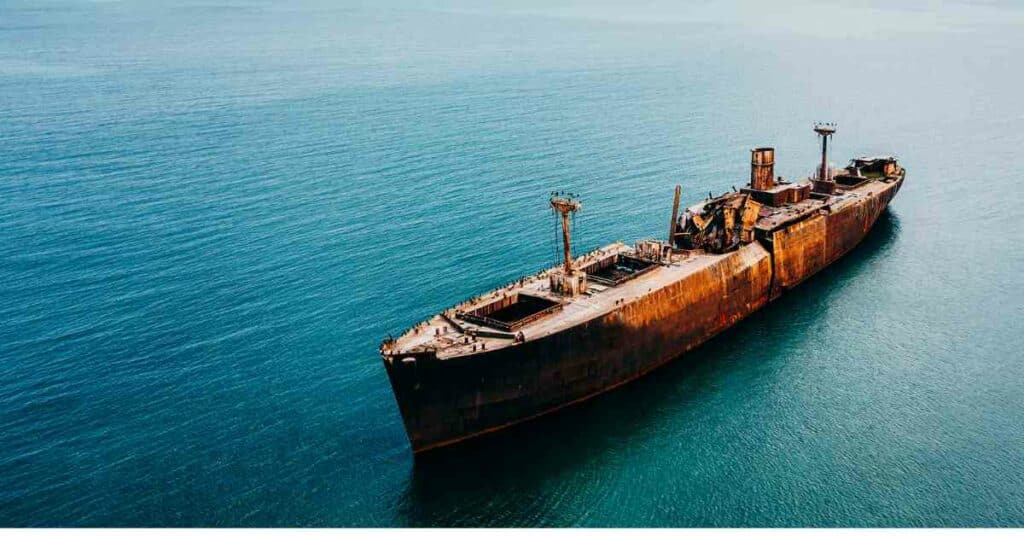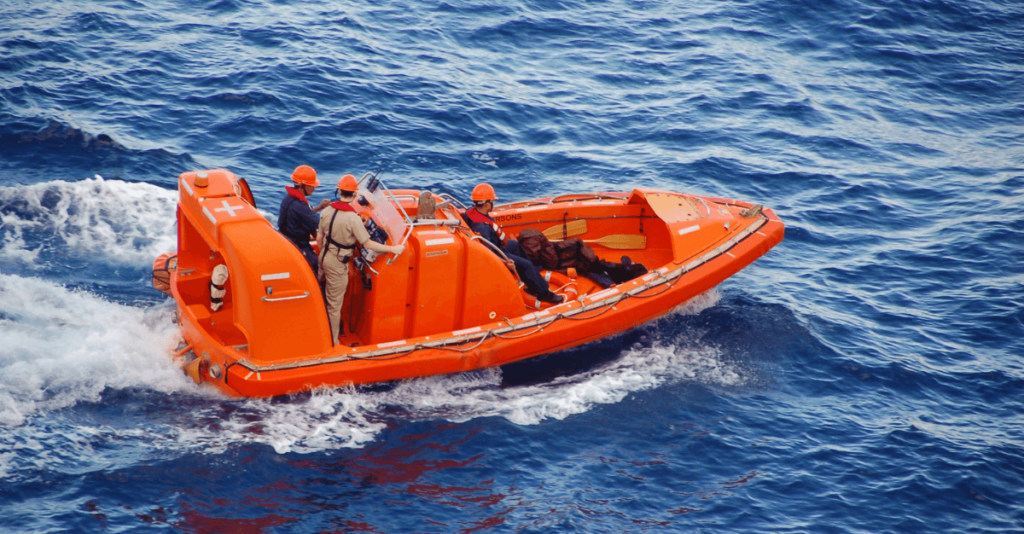What are Pallets and Palletizing in Shipping?
Pallets are plane (flat) structures utilised in cargo container ships for supporting goods or containers. Cargo consignments are piled atop these structures; the process is called palletising.
Palletizing is regarded as a sure-safe way of dispatching marine cargo consignments, just as palletised cargo ships are held in high regard in the shipping sector worldwide. The process helps in the easy handling and storage of goods on boats.
The cargo placed on the pallet is secured with straps and wraps to stabilise and prevent unwanted movement.
Some factors must be considered when choosing a pallet, such as the support, number of entry points, deck configurations, features and design.
The kind of support between the top and bottom deck board is essential to the design of a pallet. A pallet may be a stringer pallet or a block pallet. The top and bottom decks of stringer pallets or 2-way pallets are connected by longitudinal slabs or boards called stringers. Two stringers are kept on the opposite sides of a pallet, and one or more are fixed in the middle, parallel towards the outer stringers.
About 12 columnar posts support the top and bottom decks of block pallets or 4-way pallets. They are situated at the four corners, at the centre of each side and in the middle. They are ideal for heavier shipments.
Shipping Pallets
There are various aspects to shipping pallets. Since they form an essential cog in the maritime industry, the ISO has established several norms and measures (International Organisation for Standardisation). Through such means, it has been sought to bring the entirety of the freight operations which palletise their cargo consignments under a broader and standard spectrum.
The normative standardisation for pallets has been regulated in their sizing. Pallet sizes matter while loading on palletised cargo ships as depending on the nature of the cargo, the optimally sized pallet is utilised to support the cargo consignments.
– The standard pallet size is 48 inches by 40 inches (breadth by length).
– Pallet structures of this size are commonly utilised in ships in the Northern American shipping zone.
– European and Australian shipping sectors have their own specifically regulated pallet sizes.
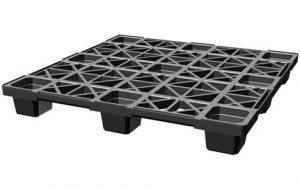
– In Australia, the sizes of the pallets used to measure 42 inches by 42 inches (breadth by length).
Alongside the sizing of the pallet structures, the material used to build the systems also becomes essential. The utilisation of inferior materials could result in detrimental shipping, affecting the trustworthiness of the shipper and the consignor, thereby affecting his credibility.
– The most ordinarily used component for shipping pallets is wood. However, various regulations need to be addressed before a wooden pallet is approved for utilisation.
– Though qualitatively, the wood needs to be of a softer variance, its imperviousness to attract contagion is equally mandatory.
– These wooden pallet structures are disinfected and coated with necessary varnishes to prevent contagion
– Apart from wood, steel, paper, and even plastic are used as viable structures for cargo consignments’ palletising and packing.
While trying to palletise, the following aspects are noted:
– The piling of the shipment on the pallet board needs to be spread evenly. This makes it easy while lading and unloading the consignments.
– Also, the shipping freight should be tagged and clearly labelled to enable easy identification and marking.
– After the palletising process is complete, it’s also necessary to shroud the whole palletised consignment with appropriate wrapping material.
Compared to non-palletised dispatching of cargo consignments, pallet shipping is costly. However, their cost-effectiveness by minimising the potential risks and damages to the consignments makes the pallet cargo ships a must-have in the cargo dispatching domain. The use of pallets dramatically depends on the type of cargo to be transported.
Frequently Asked Questions
1. What do you mean by pallet strength?
The pallet strength defines how much weight a pallet can hold before it breaks. For example, if a pallet could break at 6,000 pounds, it has a strength capacity of 2,400 pounds.
2. What are double wing pallets?
These pallets have top and bottom decks which extend beyond the stringers or blocks, offering more surface area. They are used for shipping bulky goods.
3. What are Open Deck Pallets?
Also known as ventilated pallets, they have a top deck board with perforations. The spaces make the pallet lighter and enable liquid drainage if the product gets wet.
4. What are Solid deck pallets?
They have top boards made of a continuous sheet without any spaces. Hence, they are hygienic and easy to clean. They are best for shipping smaller items.
5. What are Double Face Pallets?
These have mesh on the top and bottom faces. The mesh in the bottom deck makes the pallets stronger and distributes the weight evenly across their surface.
6. How much does a shipping pallet cost?
Many businesses use this kind of transportation due to its cost-effective status and ability to move large amounts of freight. Sea freight cost per pallet is usually between $2-$4 per kilogram.
References: International Shipping USA, UPS, FedEx, Ocean Freight USA
Image Credits: goelforests, babble, nelson company
Latest Ship Safety Articles You Would Like:
Do you have info to share with us ? Suggest a correction
Subscribe To Our Newsletters
By subscribing, you agree to our Privacy Policy and may receive occasional deal communications; you can unsubscribe anytime.
Web Stories



